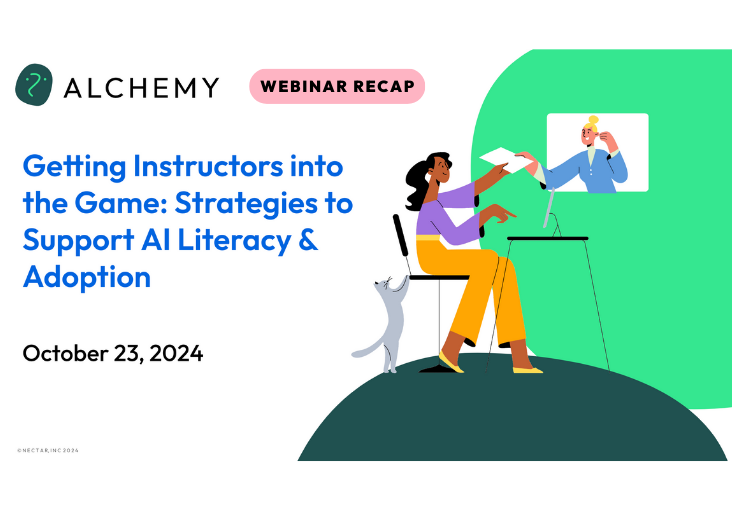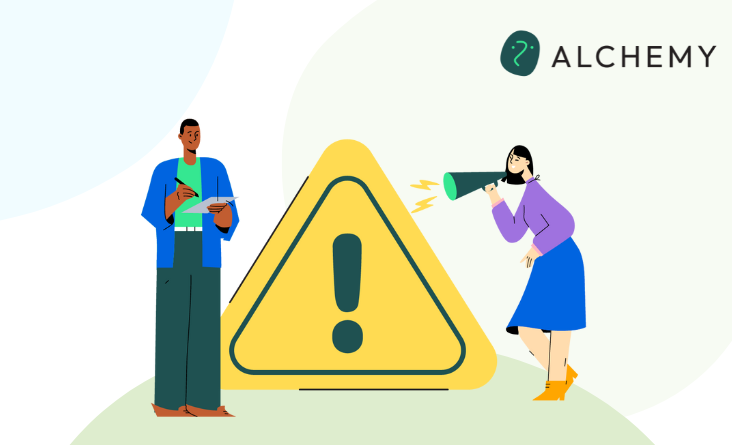Article
Building Community in Your Course: Strategies for Student Engagement

Creating a strong sense of community within your course, whether online or in-person, is essential for enhancing student learning outcomes. When students feel connected to their peers and instructors, they are more motivated, engaged, and likely to succeed. This blog post explores effective strategies and tools to build community in your course, fostering a supportive learning environment that promotes academic achievement.
Why Building Community Matters
Research shows that students who feel a sense of belonging in their courses are more likely to participate actively, retain information better, and achieve higher grades. Building a strong learning community can lead to improved retention rates and overall student satisfaction. By investing in community-building efforts, you can create a classroom environment where students feel valued, supported, and motivated to learn.
Effective Student Outreach
1. Make Student Outreach Easy and Effective: Reaching out to students regularly can significantly increase their motivation and support greater academic success. The “Make Student Outreach Easy and Effective” optimizer guides you through developing an outreach plan that keeps students engaged and connected throughout the term. This personal touch helps build rapport and demonstrates your commitment to their success.
2. Use Office Hours to Connect With Your Students: Office hours provide a valuable opportunity for personalized interaction with students. Whether in-person or online, this optimizer helps you enhance your approach to office hours, making them more productive and meaningful. By developing a plan to maximize office hours, you can encourage student participation, clarify course content, and provide individualized support tailored to their needs.
3. Identify a Community-Building Activity: This 5-minute optimizer helps you quickly find the perfect community-building activity for your course. By suggesting activities based on your specific goals, it provides a tailored approach to creating a more connected and supportive classroom environment.
4. Develop a Think-Pair-Share Activity: Think-Pair-Share is a versatile and effective technique that encourages student collaboration and deepens understanding. This optimizer guides you in creating a structured activity where students think about a question individually, pair up to discuss their thoughts, and then share with the larger group. This method promotes active engagement and helps students learn from each other, strengthening their connections.
5. Peer Review Activity: Peer review activities enable students to give and receive feedback on their work, fostering a collaborative learning environment. This optimizer helps you design a peer review activity that not only enhances students’ critical thinking and reflection skills but also builds a sense of community as they support and learn from each other.
Supporting Regular and Substantive Interaction (RSI)
Regular and Substantive Interaction (RSI) is a federal regulation that outlines requirements for meaningful instructor-to-student interaction in online courses. Curie’s tools and strategies enable meeting RSI standards by promoting consistent, engaging communication and interaction. By utilizing our outreach plans, office hours, and interactive activities, you can ensure that your online courses meet RSI requirements, providing a high-quality educational experience for your students.
Try Curie’s Teaching Optimizers
Investing in community-building through effective student outreach and engaging activities not only enriches the learning experience but also contributes to student retention and success. By utilizing Curie’s Teaching Optimizers, you can create a supportive environment where students thrive and feel connected to their learning journey.
Start building community in your courses today by creating a free Curie account using your institutional email address. Share these valuable tools with your colleagues and enhance the learning experience for all students.


